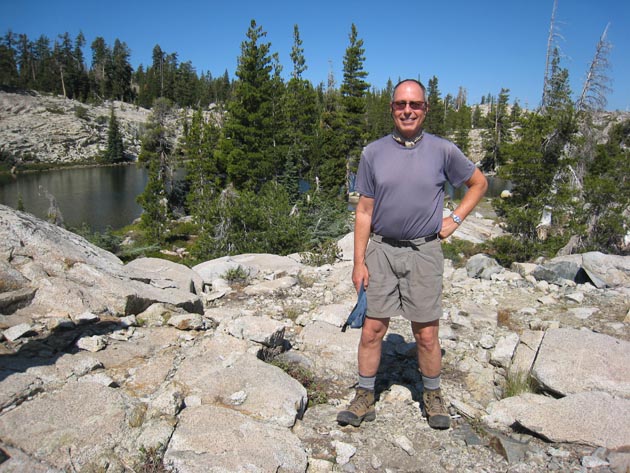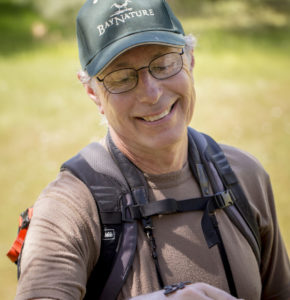y interest in the natural world had its roots in childhood trips to “the woods,” lakes, and beaches around New York and New England. But it was a few family trips to the West that exposed me to wildness on a much grander scale. So when I was 20 and got my first car, I headed west to further explore some of those places with the alluring title of “wilderness,” with their implied promise of breathtaking scenery and wild nature.
It was a humbling experience for a young fellow from New York City. On our first night out in western Montana, swarms of ravenous mosquitoes forced us to beat a retreat to the car. A few days later, in the Bitterroot-Selway Wilderness, our first-ever encounters—in rapid succession—with a rattlesnake and a black bear caused us to turn around and head back to the campground at the trailhead. Later, we made a less than graceful exit from the Bridger Mountains following an overnight snowfall for which we were woefully and naively unprepared. Returning to the car, we discovered that some manner of small mammal had been having its way with our food supplies.
So I learned that wilderness has its daunting aspects. Yet the allure was undiminished, and when I moved out to the Bay Area a few years later, I again gravitated to designated wilderness areas for summer backpacking trips. But by now I was better prepared, and the Emigrant, Mokulemne, and Desolation Wilderness areas of the High Sierra did not disappoint. How exhilarating to clamber up the side of a granite peak above my campsite for a vista of dramatic peaks as far as I could see, while down at my feet intimate wild gardens flourished in the patches of soil between the rocks. Sometimes it felt like I was the only person to have ever been in that place.
As far as I know, the passage of the Wilderness Act 50 years ago was the first time in human history that a society has declared by statute that certain areas shall never be developed, nor exploited for commercial gain, nor intruded on by motorized transport. What do we gain from these areas? Of course, there are the great views, the escape from the distractions of “modern life.” But what strikes me as most important is the opportunity to witness forces of nature at work without the controlling hand of humans.
Our urban and peri-urban parks are critical ingredients for a healthy society and for wildlife, but they are nonetheless places where natural processes have been interrupted or obscured by infrastructure, invasive species, fire suppression, and the like.
But in those intimate granite gardens at 9,500 feet, miles from the nearest road, you can see right away how nature arranges itself in response to the physical characteristics of that place: See how the underlying rock has eroded; see where soil has collected and seeds gained a foothold and small animals found food and shelter. And then look up and see, on a much grander scale, how the land has been uplifted, canyons created, lakes formed, and so on. That connection to the infinite beauty and diversity created by nature offers us the opportunity to understand and respect those forces that produced all life—including our own—and that enable our existence for a time on this wild and beautiful planet. Happy wild anniversary, America!





-300x225.jpg)